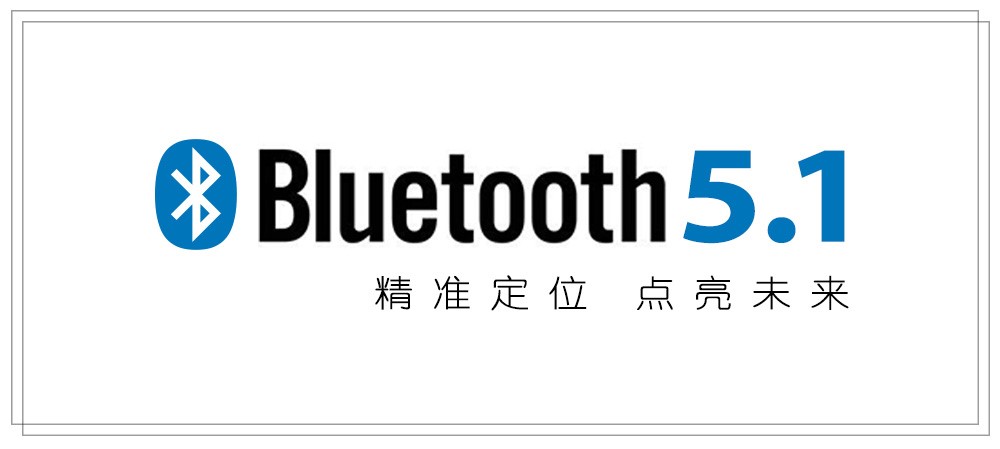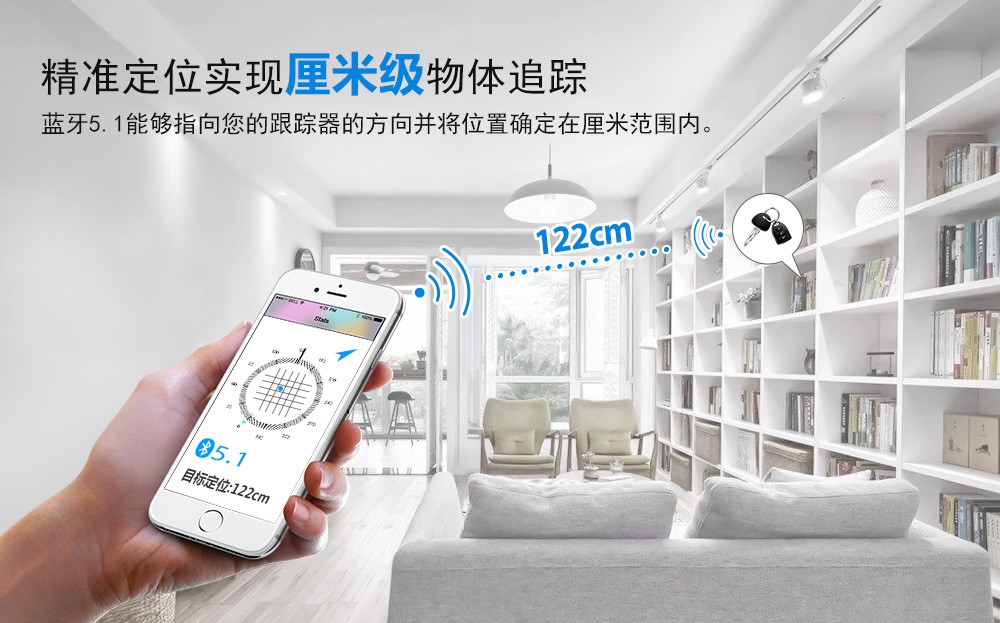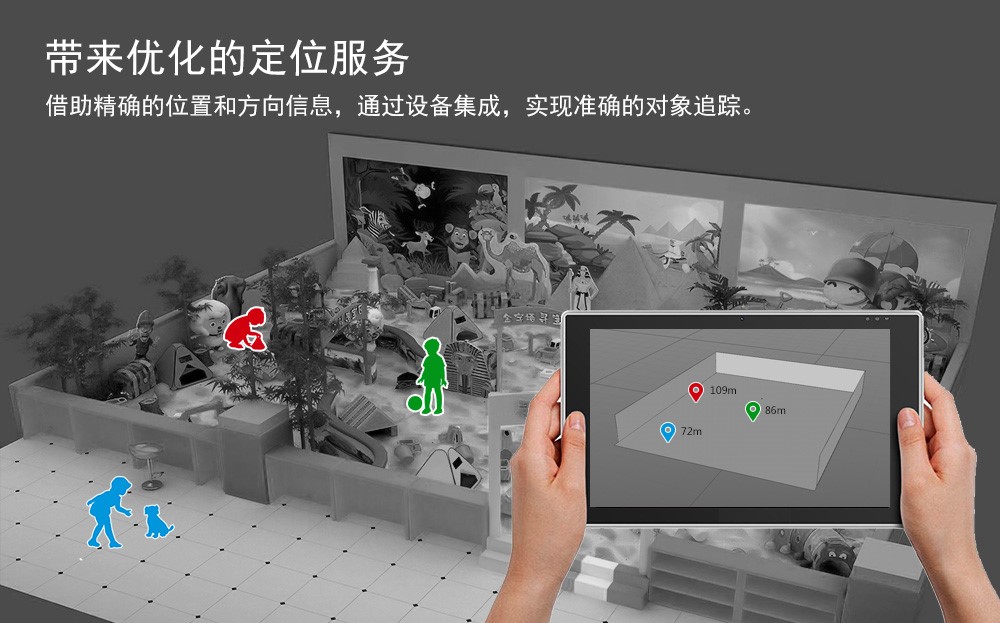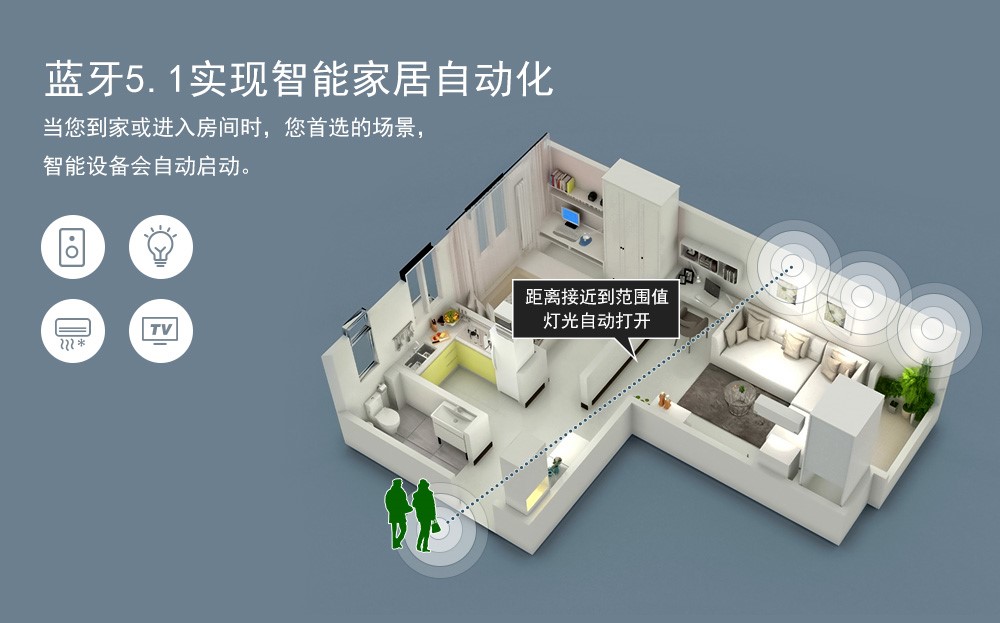
On January29, Bluetooth SIG officially announced the core specification for Bluetooth5.1.In the future, this specification will replacethe auxiliary positioning function of wifi to facilitate scenarios requiringlocation services such as GPS, including determining distances and even precisepositions.
1
The best among these new developments is Bluetooth5.1 that will have new Direction finding and Proximity technologies in Proximityto 5.0. It makes it easier for the device to be detected in a range with anaccuracy of up to one centimeter. In addition, it can also detect theorientation of the positioning character, which greatly improves the positionawareness. This will enable Bluetooth technology no longer limited to wirelessfile transfer, but will provide a good solution for target location, indoornavigation, smart home.
Bluetooth 5.1 precise positioning and directionmeasurement
Although Bluetooth location services have hadsome success in the past, the market needs more accurate location solutions,and the upcoming Bluetooth 5.1 helps develop accurate location services toachieve these advanced performance requirements.

In version 5.1 of the Bluetooth core specification,Bluetooth adds direction measurement. With this function, the Bluetooth devicecan determine the direction of the signal transmission from another Bluetoothdevice. Bluetooth location services are currently using RSSI to estimate thedistance between two devices, and in the case of RTLS and IPS solutions, thesedistance estimates and triangulation measurements are used to determine thelocation of the device. Now, the precise position of the target device can beassisted by the Angle between the direction of the two fixed devices and thedevice to be tested.
2
Bluetooth 5.1 will be available for real-timecontrol of targets in range
A Bluetooth indoor location system can helpshoppers in a shopping center, seniors in a nursing home, or workers in anoffice building navigate their location throughout the facility and monitortheir current status in real time. The Bluetooth IPS solution works differentlyfrom the RTLS solution and typically locates the target in a fixed locationthroughout the facility. Visitors then use an app on their smartphone to enableBluetooth radio listening to location beacons. Through the target that theapplication can hear, as well as each received signal strength (RSSI) and theirknown location, the application is able to use Trilateration, the same processsolution used in RTLS, to calculate its current location. Current systems onthe market can provide 1 - to 10-meter accuracy.
3
Bluetooth 5.1's proximity technology opens a newera of smart homes
Precise positioning technology brings morepossibilities. When you enter the bedroom, the smart lamp will automaticallyturn on when it detects that you have entered the setting range. And adjust thelight and shade by the distance. When you leave the set range, the light willslowly turn off. Or when you sit on the sofa, smart TV can detect your positionand direction automatically turn on.
Intelligent appliances equipped with Bluetooth5.1 realize real-time control of different Spaces and personnel. Without anymanual operation or voice instructions can be achieved.
4
According to Bluetooth 5.1 specification, Bluetoothdirection finding function supports two methods to determine the direction of Bluetoothsignal, both of which are based on the use of antenna array to the arrivalAngle (AoA) and departure Angle (AoD).
AoA Angle measurement
Tags in the RTLS solution use a single antennatransmitter (beacon) to transmit special direction-finding signals. AoAdirection finding method is suitable for RTLS, project finding and PoIinformation location service solution.
AoD Angle measurement
In an IPS solution, a positioning beacon thatUSES multiple antennas arranged within it to send a special array of signals.The AoD direction finding method is suitable for IPS solutions such asnavigation.
Profile(Bluetooth Profile with directionallookup)
For many Bluetooth features, Spec defines howprofiles are developed to implement interoperable Bluetooth products for thatfeature. Bluetooth 5.1 for the new AoA,AoD profile is also coming soon.
Other features added to the Bluetooth 5.1specification, such as improvements to the common properties profile (GATT)cache, enable faster and more energy-efficient connections between servers andclients.
In the future, this Bluetooth 5.1 technologyinnovation could change the way hardware and software developers offerlocation-based services. Beyond consumer-level object tracking, it will be usedin more industrial applications.